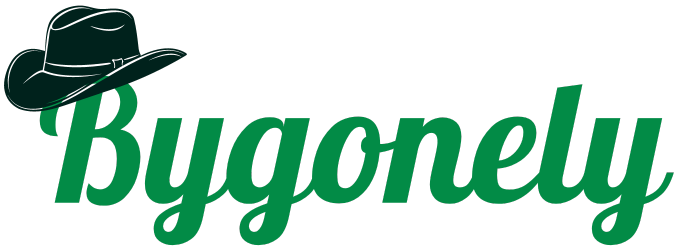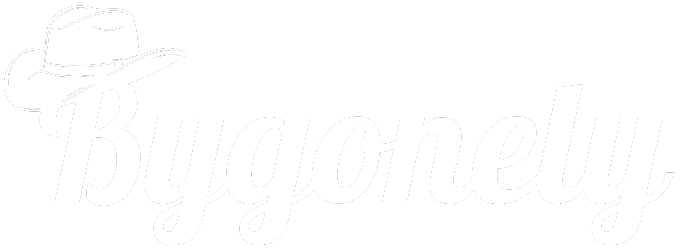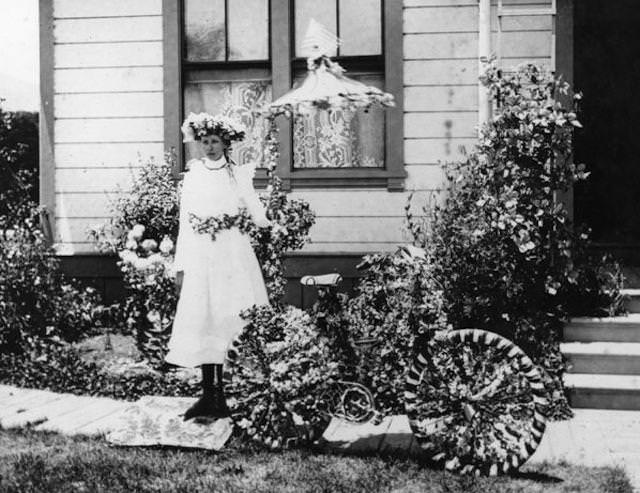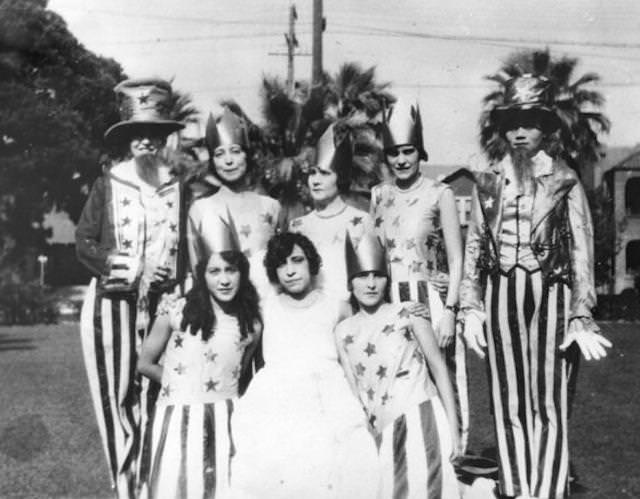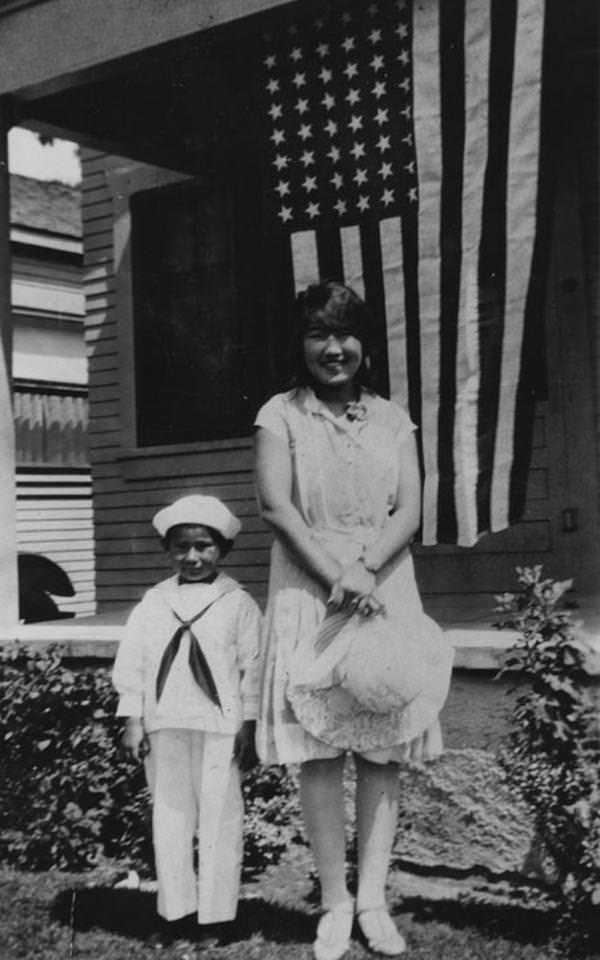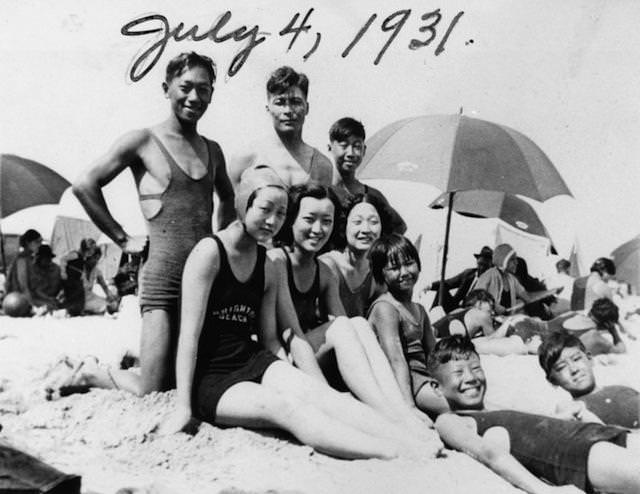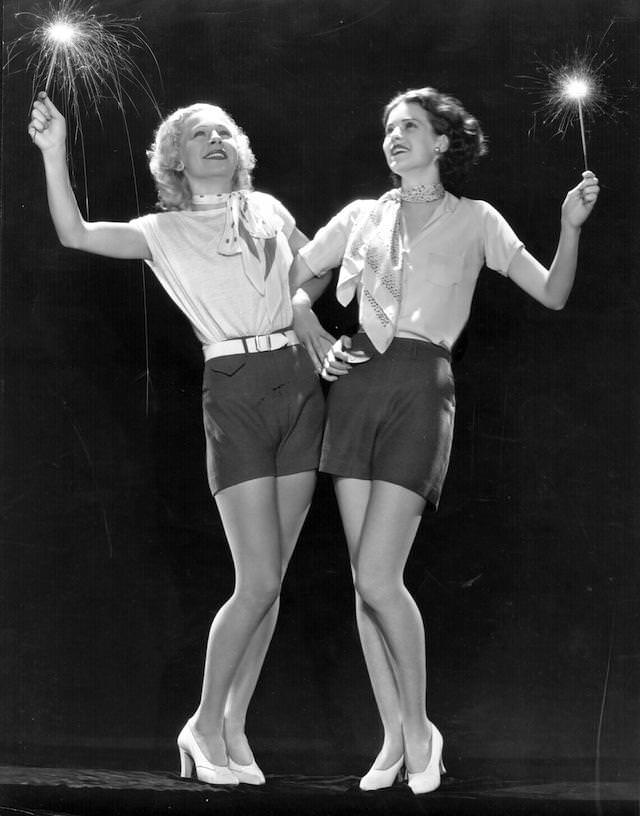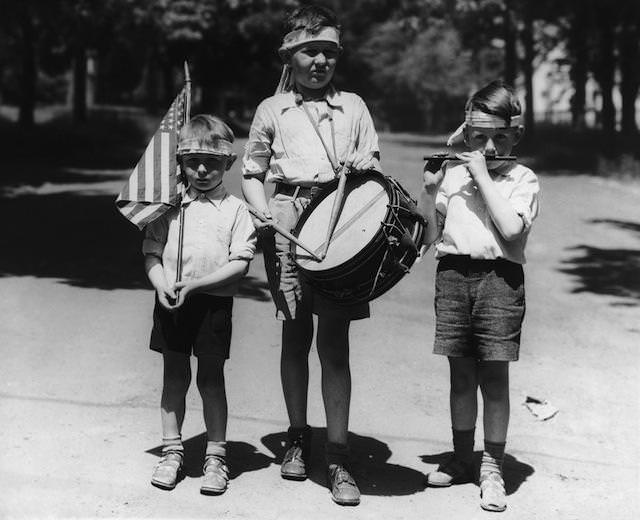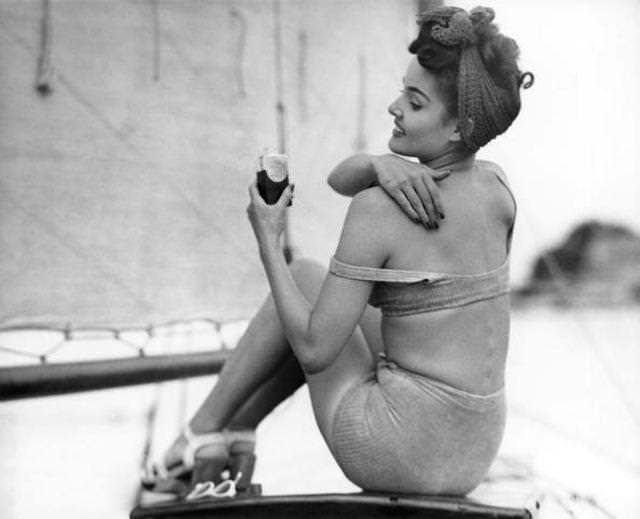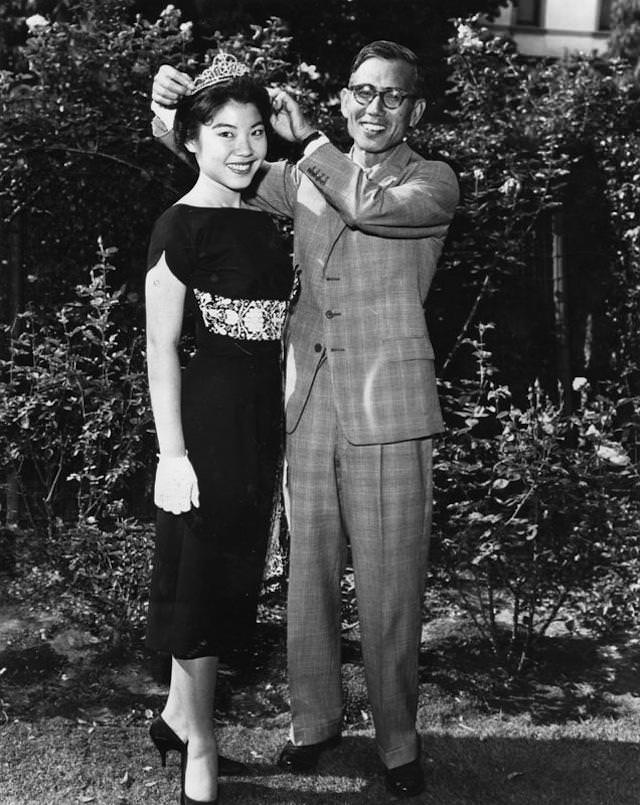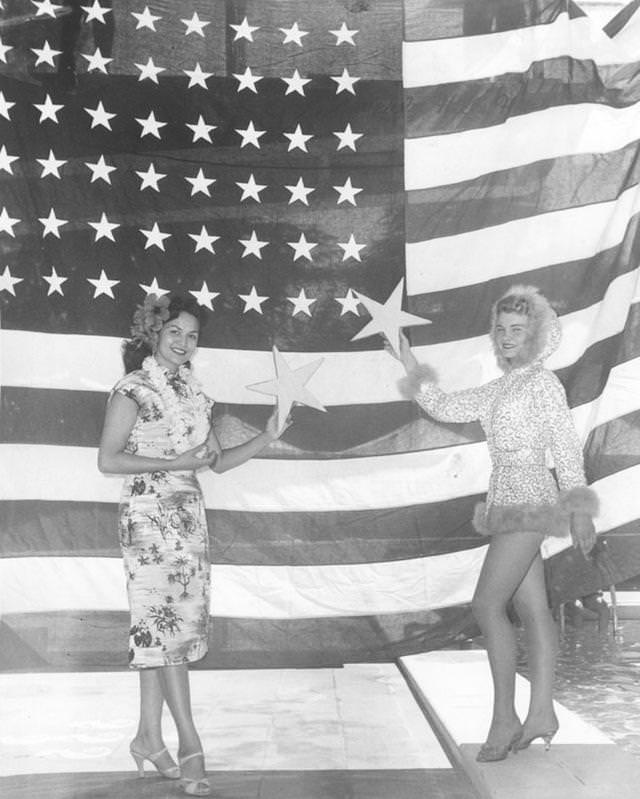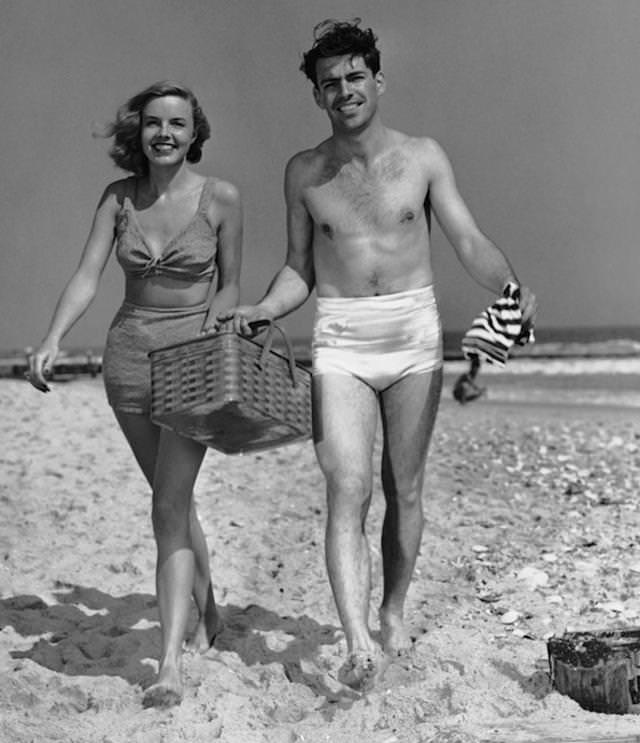Across the sprawling landscape of Los Angeles, the Fourth of July stood out as a major celebration throughout the 20th century. Angelenos marked American Independence Day with traditions that reflected the city’s sunshine, diverse communities, and outdoor lifestyle. How people celebrated evolved over the decades, but the core themes of patriotism, community, and summer fun remained constant.
Early in the century, public displays of patriotism were often central to the day. Many neighborhoods hosted parades featuring local marching bands playing Sousa marches, decorated wagons or early automobiles serving as floats, and groups of veterans or schoolchildren waving flags. American flags adorned homes, storefronts, and civic buildings. Community leaders might give speeches about liberty and democracy in public parks or plazas, reminding everyone of the holiday’s meaning.
Parks were essential gathering spots for Angelenos on the Fourth. Families flocked to spaces like Griffith Park, Exposition Park, or smaller neighborhood parks, spreading out blankets for large picnic feasts. Fried chicken, potato salad, deviled eggs, and baked beans were common fare shared among friends and relatives. Kids played tag or baseball on the grass while adults chatted and relaxed under the California sun. These park gatherings fostered a sense of community connection on the national holiday.
Read more
As Los Angeles expanded and suburban living grew, especially after World War II, the backyard barbecue became an increasingly popular way to celebrate. Families hosted gatherings in their own yards, firing up grills for hamburgers and hot dogs. The smell of barbecue smoke filled residential neighborhoods. Often, neighbors would coordinate block parties, closing off their street to traffic so children could safely ride bikes and play games while adults mingled and shared food and drinks. Watermelon, corn on the cob, and ice cream were essential treats.
Being a coastal city, Los Angeles always saw its beaches become major hubs of activity on Independence Day. Thousands of people escaped the inland heat by heading to Santa Monica, Venice Beach, Huntington Beach, or other coastal spots. Families spent the day swimming in the Pacific, building sandcastles, playing volleyball, and soaking up the sun. In earlier decades, beach bonfires were sometimes part of the evening festivities, though regulations changed over time. The beach offered a distinctly Southern Californian way to enjoy the holiday.
Fireworks were the grand finale everyone looked forward to. Large, organized public fireworks displays became increasingly common as the century progressed. Major shows were often launched from iconic locations like the Los Angeles Memorial Coliseum, various piers, high school stadiums, or later in the century, the Rose Bowl. People gathered on hillsides, rooftops, parks, or simply stood on sidewalks to watch the colorful explosions light up the night sky. Alongside these big shows, personal fireworks like firecrackers, sparklers, and fountains were widely used in neighborhoods across LA for much of the century, filling the evening air with pops, whistles, and sparkling light, although safety concerns and regulations gradually increased over the years. As darkness fell, communities across the vast city paused together to watch the dazzling bursts of color overhead, marking the end of another Fourth of July celebration.
